Knee pain can prevent us from practicing our favorite sport, work efficiently or even do simple everyday activities like walking and climbing stairs. Many of us are wondering how to stay active despite foot and knee pain and have found the solution in wearing the right knee support braces and/or insoles.
The trick to staying healthy and avoid foot, knee, leg or back pain, however, lies in doing exercise and being active. Quite often, certain activities can cause or increase knee pain and hence it is good to know what can help in such cases. And no, the answer is definitely not to sit on the couch and stop exercising. The proactive approach is always the best solution but if we suffer from some knee or foot condition we shall know how to exercise properly and relax afterwards.
Contents
What causes knee pain
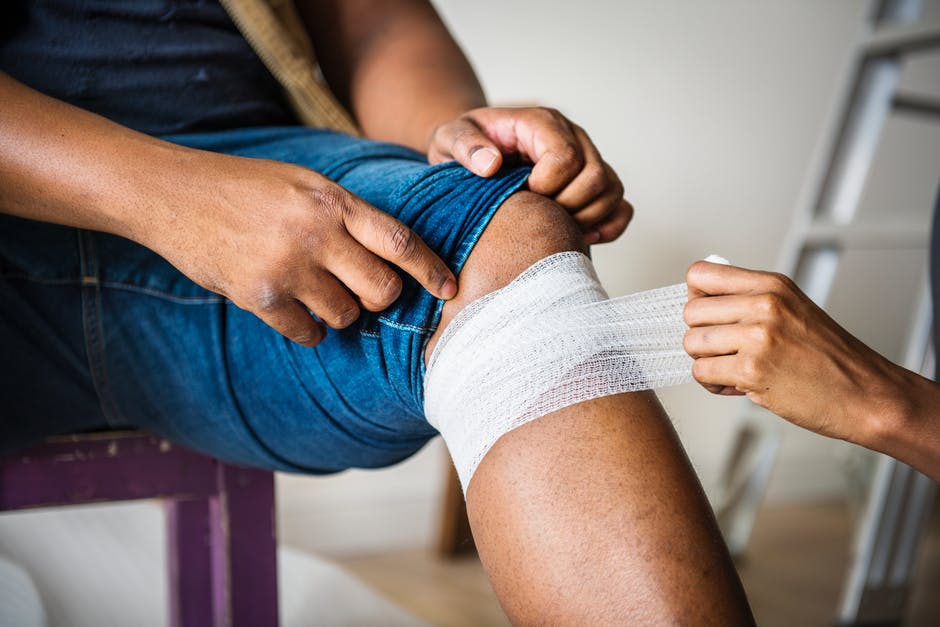
Knee pain is often experienced by active athletes and people who love to exercise but can be a companion of those who need to work standing all day, climb stairs or walk too much. The truth is that knee pain is observed in both active and not so active people of different ages.
There are several causes of knee pain that can range from an untreated old injury to more serious conditions like osteoarthritis or patellar tendinitis. Some of the most common conditions leading to knee pain are:
Dislocated kneecap
which means that your kneecap slides out of its position resulting in swelling and pain.
Osteoarthritis
which is more often seen after the age of 50. It is the wear and tear of the knee joint that results in stiffness, swelling, and pain.
Meniscal tear
is an injury where your cartilage has ripped. Its ages stuck in the joint and result in pain
Patellar tendinitis
which means that the tendon connecting your kneecap to its shinbone is inflamed. Your knee gets sore and inflamed, especially after overdoing exercise. This condition is often called “jumper’s knee” as too many jumps can be the cause.
Bursitis
is a condition when a small sac with fluid (bursa) is formed under the skin and above your joint.as a result, there is no friction when the joint moves and this causes pain, especially in cases of repeated bending or a fall. It is often called “preacher’s knee”.
Depending on your condition, there are different methods to alleviate knee pain. Your doctor may recommend you physical therapy and/or wearing protective knee braces to support the function of the knee. Exercise is often a key factor in coping with the problem as long as it is done right as you can read below.
Exercises for people suffering from knee pain
There are several sports, which are good for your joints and walking is one of them. If you are suffering from knee pain or any other problems with the joints, the rule of the thumb that you need to follow is to always choose low impact sports. These including swimming, walking, cycling, yoga. It is extremely important to avoid sports that can lead to further pain or worsening of your condition such as football, basketball or weightlifting, for example.
There is scientific evidence based on research to prove that exercise is actually good to alleviate pain. While we have heard of the recommendations, many of us do not follow them or do not exercise sufficient enough to reap the positive results.
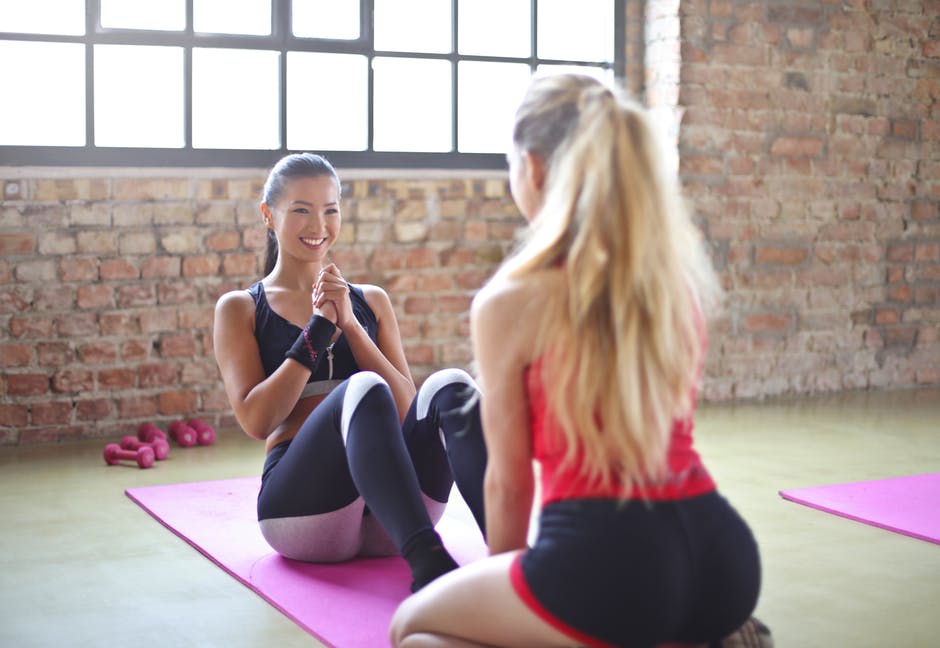
According to a study carried out by Good Life with osteoArthritis in Denmark (GLA:D), people with knee and hip osteoarthritis who exercise twice a week for a period of 6 weeks experience 25% pain relief. While the results differ between the individuals, the number is still impressive and worth the effort.
Note, that your body will react to the introduction of exercise in your routine. You will experience an increase in pain in the beginning as your body is signaling that you are introducing something new. The pain you experience after exercise should not be much higher compared to the pain you felt prior to starting. For most people, it is around 10% more but then the percentage starts gradually reducing.
It is also better to exercise in a group or under the supervision of a physiotherapist. You will be motivated to exercise more and hence feel greater pain relief. A good indicator that your exercise is sufficient is that you sweat a little or feel short of breath. It is necessary to increase the intensity or difficulty of the exercise with time as your body gets used to it. Always add new or different exercises after consulting a physiotherapist or other expert in the field to avoid injuries or other negative effects.
Here are a few ideas about what types of exercise are suitable for people suffering from knee pain:
Quad sets and straight leg raises
This type of exercise can be performed even after knee surgery and aims to strengthen your muscles and help you restore your normal walking.
Short arc quads
are used to strengthen and improve your quadriceps muscles. This exercise can help you improve your overall mobility and get back in shape quicker after a knee or hip injury.
Exercises to strengthen your hips
that will allow your hip muscles to do their job of controlling your knee position properly. Even simple stretching can help with keeping your hip muscles active. You can also do some advanced hip strengthening exercises but only under the supervision or after a recommendation by a physical therapist.
Stretching the lower extremities
can make you feel good and facilitate your movement. Ask your physical therapist which are the best knee stretching exercises suitable for your condition.
Balance exercises
will help you improve your functional mobility and restore your normal mobility after an injury or surgery. You can start with basic balance exercises like single leg standing and then proceed to more complex ones like a single leg stance with a squat.
It is important to perform all of the exercises regularly and with the necessary intensity in order to get results. Remember that it takes time to feel pain relief and that the beginning will be hard. If, however, you experience too much pain while performing any of the exercises, it is good to stop and consult your physical therapist or doctor which is the best way to proceed further.
There is an easy way to check if the exercises you are doing are enough or a bit too much for what your body can take. There are two simple rules to observe:
- The pain that you feel during and after exercise should be tolerable
- The pain that you feel after the exercise should not grow on a daily basis
You can use a scale from 1 to 10 to measure the pain levels. If your pain level is 3 and you evaluate it to be 4-5 during or after the exercise, it is acceptable. The pain shall gradually fade away and not exceed 3. if you feel stronger pain immediately after the exercise or if you wake up with acute pain the next day, it means that you have exercised too much and you need to slow down.
The right types of exercise should ideally lead to a reduction in the level of pain that you experience or at least help you maintain it at the same (low) level. If the activities cause you higher levels of pain, it simply means that they are not a suitable type for you. Consult your physical therapist to adjust your training routine.
How to ease knee pain after running?
Quite often, running can cause knee pain. Sometimes, this can make you skip your exercise or decide that running is not the right type of activity for you. This is not the right approach to the problem, however.
It is better to understand why running can cause knee pain and what you could do to prevent it. The truth is that we often speak of runner’s knee when we refer to knee pain not because running is dangerous but because it is popular. It is one of the most affordable types of exercise that we can do without any specific equipment.

Running can lead to a sore knee if you do it incorrectly, if you over-exercise or if you have an unhealed injury. Otherwise, it is a good type of exercise to keep you active and help you regain your mobility.
If you have never run before, it is necessary to start slowly. First, you can take long walks, which can then turn into jogging. If you suffer from a particular condition that cause knee pain as osteoarthritis, for example, it is good to consult your doctor how to approach the activity.
in many cases, a knee support brace may be a good idea to help you exercise better. Knees are the joints that support most of your weight and each movement means that significant forces act upon it. With time, the joint may start losing some of its flexibility or an injury can cause a deteriorated function, which can cause pain. With the right support, your knee can heal and allow you to stay active.
Another good item that can help you stay active and facilitate your running is the right insole. Choosing proper insoles can be the key to staying active and enjoying the benefits of walking and running. The Honeycomb ActivGel Insoles are a good option as they are designed for everyday use. The insoles offer impact cushioning for heels, knee, and ankles and provide maximum support and comfort. They are perfect for active people as they provide 360° ventilation and air cooling system for your feet.
Still, it is necessary to approach running the right way. Most of us know that it is good to stretch and prepare your body prior to running. Have you heard, however, that there is a trick that can help you alleviate knee pain after running? Yes, that is right – you need to take a few more minutes in order to feel better and enjoy the full benefits of running. It is quite simple, you need to continue being active and gradually stop. So, after running, you can continue walking for at least 5 minutes. Thus, your body will slow down gently, which will prevent the build-up of toxins that result in cramps and stiffness.
Do not forget that stretching exercise are good after running as well. It is good to start and finish your running session with a few stretching exercises that you prefer.
The main takeaway is that the more active you are, the healthier you will feel. Quite often knee or other joint pain is caused by the fact that we do not exercise sufficiently to keep our muscles strong and as a result, we suffer from injuries and pain. It is necessary to find the right balance between rest and exercise and aim to lead a healthier life as whole as this will affect all parts of our body.
If you experience knee pain, it is a good idea to work closely with a physio therapist or another expert who can help you be active and cope with the problem much faster and easier. Knee pain can be reduced and even eliminated if the cause is properly treated, so do not delay your doctor’s consultation if you experience any discomfort.








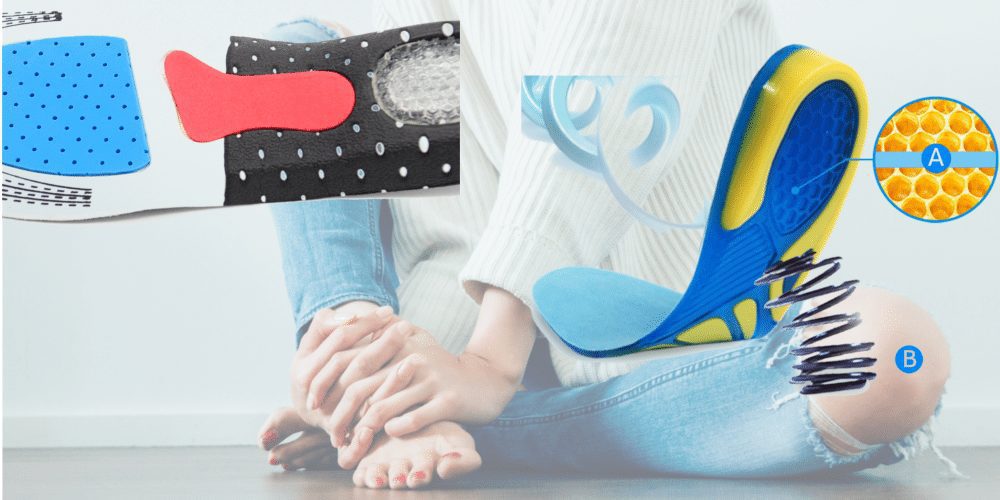



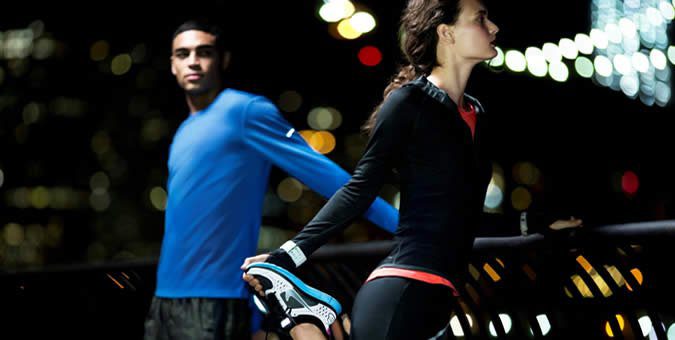

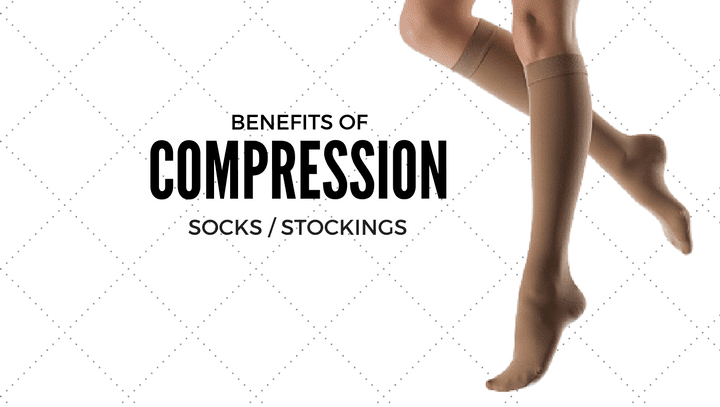

2 Responses
A very helpful post on knee pain and its indications and possible prevention and treatment options with focus on an active lifestyle and quality of life. Really do appreciate your posting this.
I appreciate the information you stated here. More power to your blogging career